A poster to use with young students when teaching alliteration.
Use this poster when teaching young students about alliteration and poetry.
Alliteration is a literary device author and poets use to capture the reader’s attention. For there to be alliteration, at least two or more words must start with the same sound.
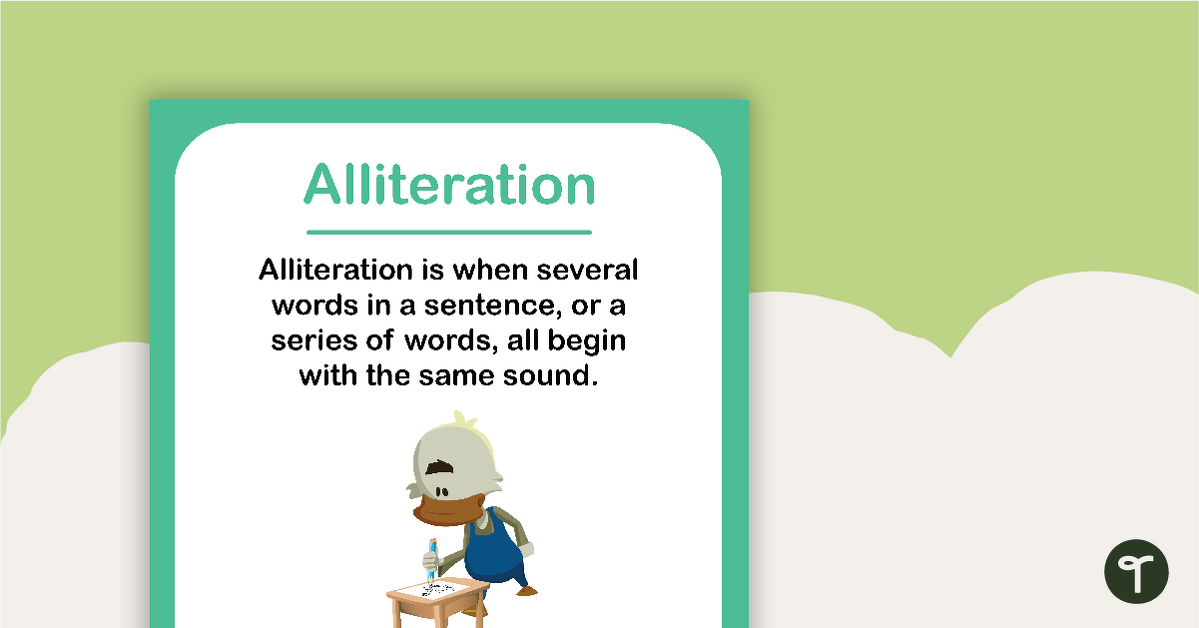

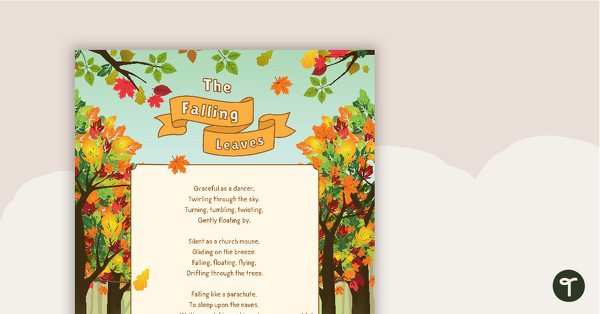
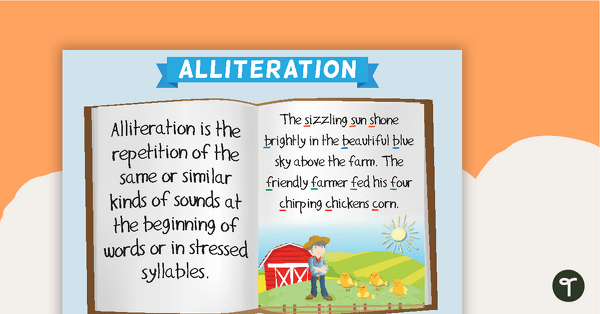
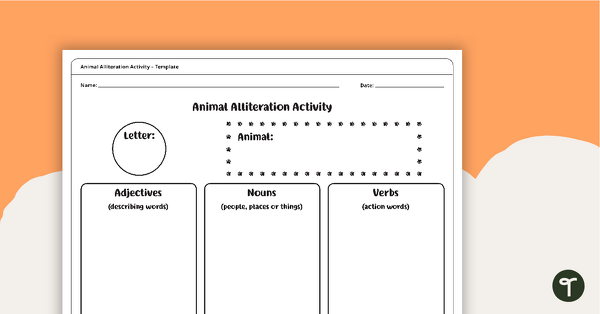
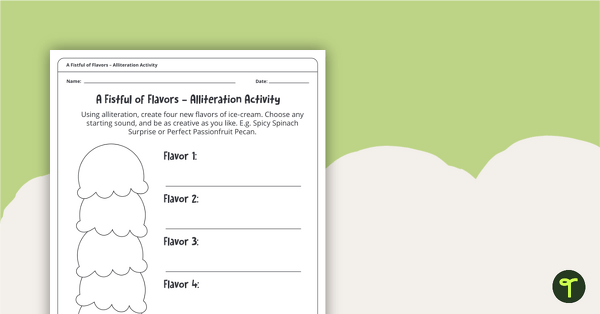
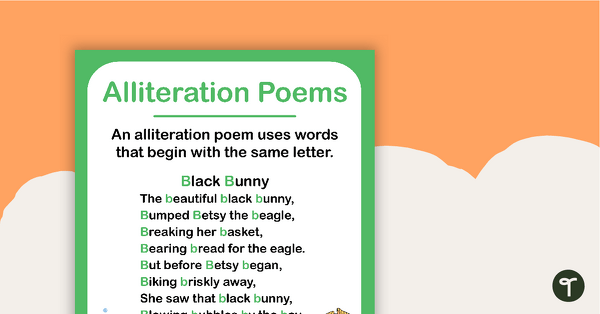
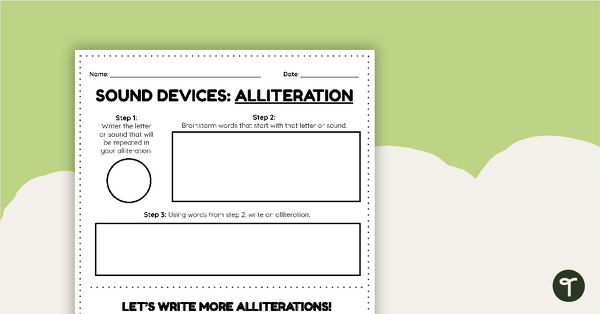
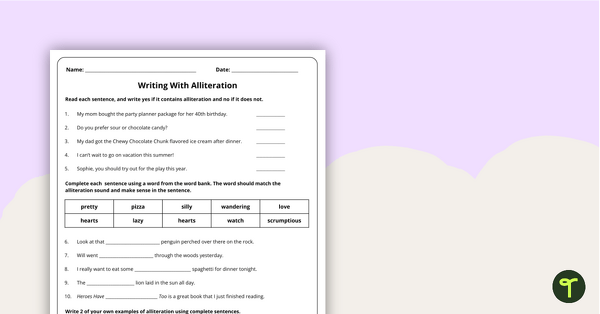
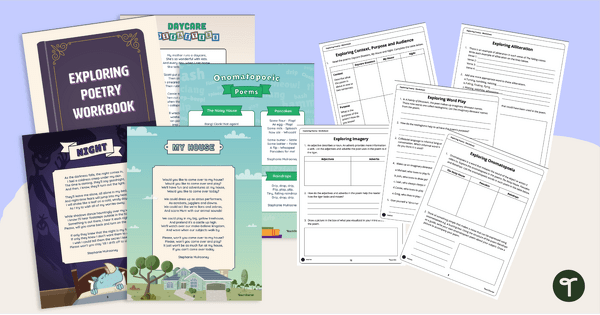

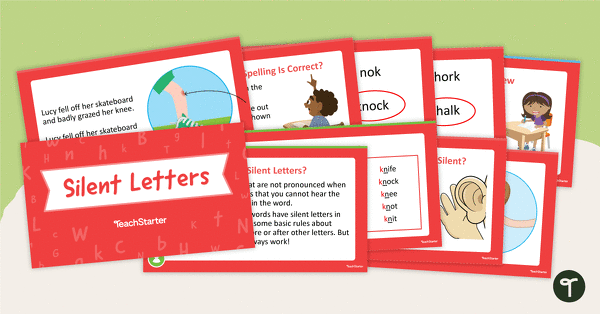
0 Comments
Write a review to help other teachers and parents like yourself. If you'd like to request a change to this resource, or report an error, select the corresponding tab above.